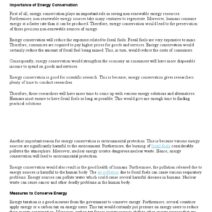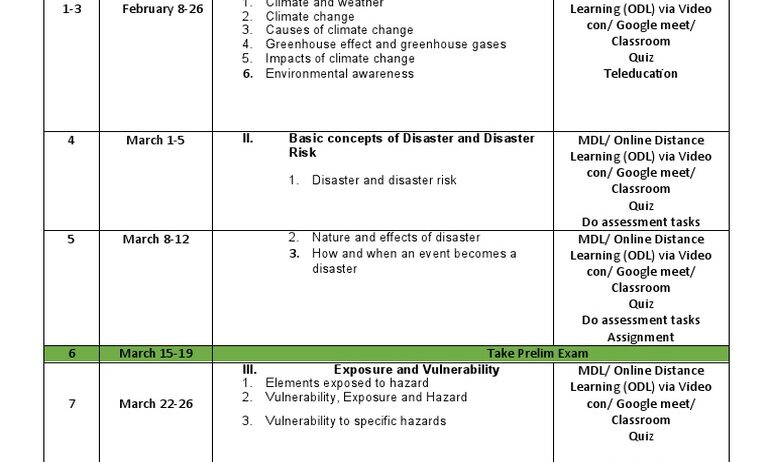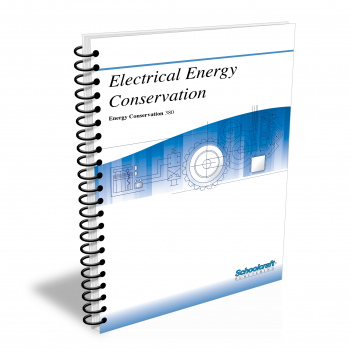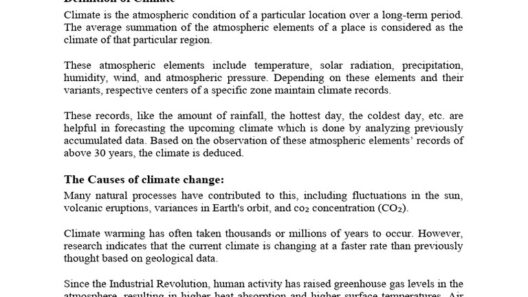Climate change represents one of the most formidable challenges of our time, necessitating concerted efforts at individual, communal, and global levels. This beginner’s guide is structured to provide readers with a comprehensive overview of strategies to limit, minimize, and mitigate the impacts of climate change.
Understanding Climate Change
At its core, climate change refers to significant shifts in temperature, precipitation patterns, and other atmospheric conditions over prolonged periods. These changes are primarily driven by human activities, particularly the burning of fossil fuels, deforestation, and industrial processes that emit greenhouse gases (GHGs) such as carbon dioxide and methane. The consequences of climate change are profound, leading to extreme weather events, rising sea levels, and biodiversity loss.
Limiting Greenhouse Gas Emissions
The most direct approach to combating climate change involves reducing the generation of greenhouse gases. This can be accomplished through various methodologies:
- Transitioning to Renewable Energy: Embracing sources like solar, wind, and hydroelectric power can drastically decrease reliance on fossil fuels. Households and businesses can install solar panels or support local wind farms.
- Enhancing Energy Efficiency: Implementing energy-efficient appliances, insulation, and lighting can lead to substantial reductions in energy consumption. Simple actions like switching to LED bulbs and using energy-efficient heating systems make a considerable difference.
- Promoting Sustainable Transportation: Opting for public transport, carpooling, biking, or walking reduces vehicular emissions. Electrification of vehicles is another promising avenue, with electric cars providing a cleaner alternative.
- Supporting Carbon Capture Technologies: Investing in innovative technologies that capture and store carbon emissions from industrial processes can serve as a mitigation strategy. These techniques can neutralize emissions before they enter the atmosphere.
Minimizing Resource Waste
Minimizing waste contributes significantly to climate change mitigation. Reducing consumption patterns and promoting a circular economy can help conserve resources:
- Emphasizing Reduce, Reuse, Recycle: Adopting the three R’s minimizes the demand for virgin materials. Composting organic waste enriches the soil, while reducing methane emissions from landfills.
- Encouraging Sustainable Sourcing: Consumers can make informed choices about products with lower carbon footprints. Purchasing local produce reduces transportation emissions and supports local economies.
- Advocating for Responsible Consumption: The shift towards a culture of moderation includes buying only what is necessary and choosing durable goods to reduce repetitive consumption. This extends to an array of products, from clothing to electronics.
Mitigating Climate Change Effects
In addition to limiting emissions and minimizing waste, adapting to ongoing climate impacts is essential. Mitigation strategies encompass:
- Implementing Green Infrastructure: Urban areas can design parks, green roofs, and permeable pavements to manage stormwater, reduce heat, and enhance biodiversity.
- Restoring Natural Ecosystems: Reforestation and wetland restoration projects absorb carbon dioxide and provide habitats for wildlife. Protecting existing forests is equally crucial, as they serve as carbon sinks.
- Enhancing Agricultural Resilience: Sustainable agricultural practices, such as crop rotation, agroforestry, and permaculture, enhance soil health and reduce emissions while securing food supplies.
- Fostering Community Preparedness: Building resilience within communities through disaster preparedness plans, education programs, and local adaptation strategies can diminish the impacts of extreme weather events.
Engaging with Policy and Advocacy
Individual actions, while commendable, must be complemented by collective action through policy advocacy. Engaging with governmental bodies and supporting legislation focused on climate initiatives fosters broader change:
- Voting for Climate-Conscious Leaders: Participating in elections and supporting candidates who prioritize environmental policies ensures that climate change remains a focal point in political discourse.
- Joining Environmental Organizations: Collaborating with NGOs dedicated to environmental issues provides valuable resources and amplifies collective voices in advocacy efforts. Participation can range from local activism to global campaigns.
- Educating and Mobilizing Communities: Facilitating discussions and workshops within local communities raises awareness and inspires collective action towards climate solutions. Harnessing social media can further the outreach efforts.
Investing in a Sustainable Future
Encouraging responsible investments is vital in driving change. Financial choices can significantly affect environmental outcomes:
- Supporting Green Businesses: Investing in companies committed to sustainable practices promotes an economy geared towards climate action. Consideration of environmental, social, and governance (ESG) factors is essential.
- Contributing to Climate Funds: Donating to organizations focusing on climate mitigation and adaptation projects assists in financing innovative solutions and supporting vulnerable communities.
- Engaging in Sustainable Financial Practices: Transitioning retirement portfolios and savings into environmentally responsible funds supports sustainable initiatives and promotes long-term change.
Conclusion
Addressing climate change necessitates a multifaceted approach comprising individual actions and collective initiatives. By limiting greenhouse gas emissions, minimizing resource waste, engaging in mitigation strategies, advocating for supportive policies, and investing wisely, everyone can play a role in creating a sustainable future. Climate change may pose a daunting challenge, but through informed action, it is possible to forge a path towards environmental resilience and lasting change.







